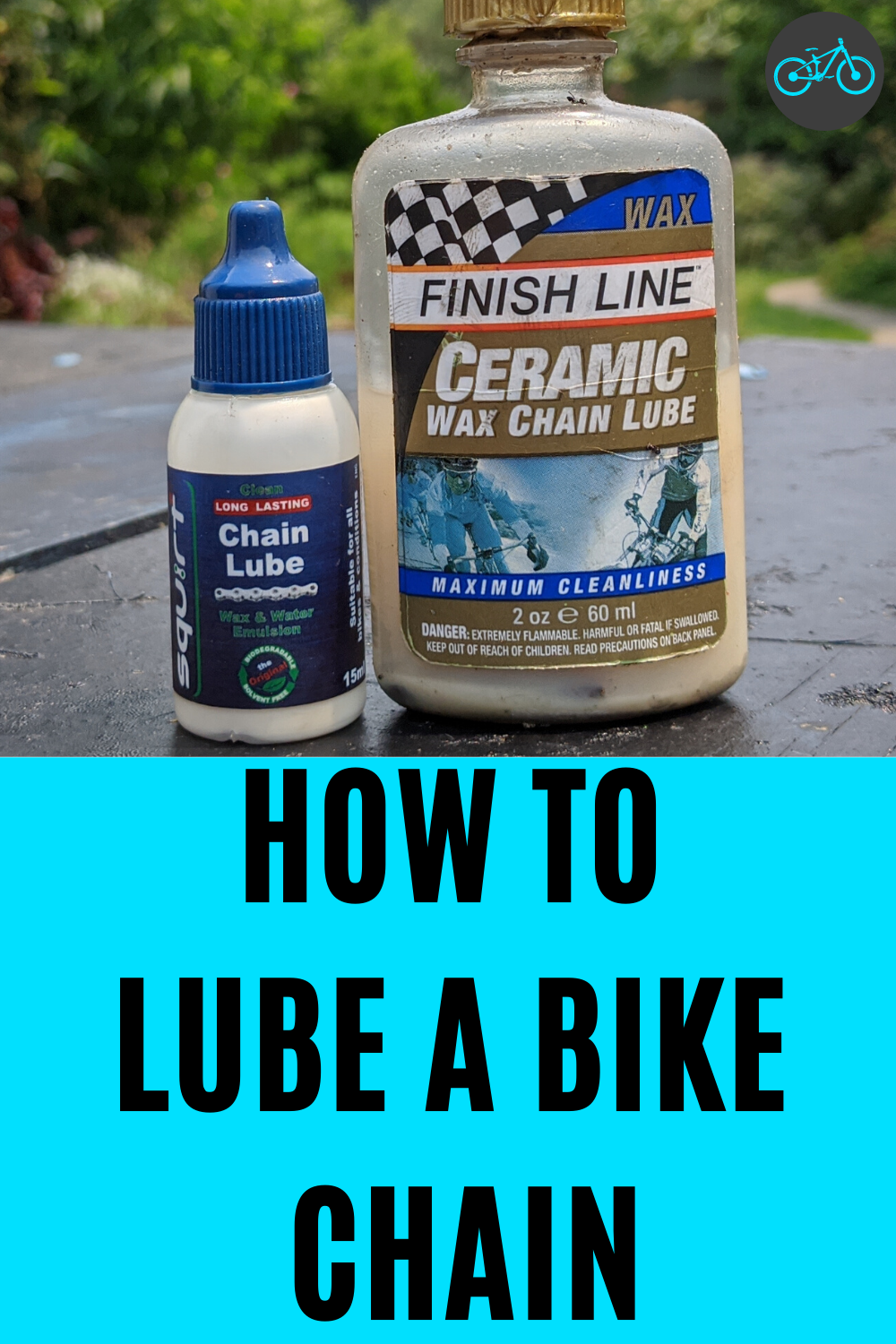If your bike chain squeaks or your gears feel a little rough, chances are it’s time for some maintenance. One of the easiest — yet most overlooked — tasks every cyclist should know is lubing a bike. It’s quick, cheap, and can make a huge difference in how your ride feels.
Whether you’re a daily commuter, a mountain biker, or just someone who enjoys weekend rides, keeping your Chain and moving parts properly lubricated helps your bike run smoother, quieter, and last longer. Let’s dive into the why, when, and how of bike lubrication so you can keep your ride performing its best.
Why Lubing a Bike Really Matters
A well-lubed bike isn’t just about keeping things shiny — it’s about protecting your investment. Every time you pedal, your chain rubs against metal gears. Without lubrication, that friction leads to wear, rust, and sluggish performance.
Lubing a bike reduces that friction, allowing your pedals to spin more Freely and efficiently. It also creates a protective barrier that keeps out dirt and moisture, which can quickly turn a smooth ride into a squeaky mess.
In short, a few drops of lube can save you from expensive repairs later.
How Often Should You Be Lubing a Bike?
How often you should lube depends on how and where you ride. There’s no one-size-fits-all rule, but here’s a simple guideline:
- For road bikes: Every 100–150 miles or once every week or two.
- For mountain bikes: After every few muddy or dusty rides.
- For rainy rides: Always lube after getting caught in wet conditions.
A good rule of thumb? If your chain starts making noise or looks dry and dull, it’s time to reapply. If it’s black and grimy, clean it first — adding more lube to a dirty chain just makes things worse.
Choosing the Right Lube for Your Bike
Before this, you’ll need to pick the right type of lubricant. There are a few different options, and the best one depends on your riding conditions.
Dry Lube
Dry lube is perfect for sunny, dust-free rides. It goes on wet but dries to a light coating that doesn’t attract dirt. The downside? It doesn’t last as long, so you’ll need to reapply more often.
Wet Lube
Wet lube is thicker and made for rainy or muddy conditions. It clings to the chain and provides long-lasting protection against rust. The catch: it can collect dirt if you don’t wipe off the excess.
Ceramic or Synthetic Lube
For serious cyclists who want top performance, ceramic and synthetic lubes offer ultra-smooth operation and long-lasting protection. They’re a bit pricier but worth it if you ride often or race.
What You’ll Need Before You Start
Here’s a quick checklist before it:
- A clean rag or microfiber cloth
- Bike-specific degreaser or cleaner
- A bottle of chain lube (dry, wet, or ceramic)
- An optional bike stand (makes things easier)
Having these ready makes the process smoother and less messy.
Step-by-Step Guide: How to Lube a Bike Chain
Now that you’ve got your tools, let’s go through the process. It only takes a few minutes, and once you get the hang of it, you’ll wonder why you ever skipped it.
Step 1: Clean the Chain
Start by wiping off any old grease or dirt using a rag and degreaser. You want the chain to be as clean as possible before applying new lube.
Step 2: Let It Dry
If you used a degreaser or water, make sure your chain is completely dry before moving on. Moisture can thin out your lube and make it less effective.
Step 3: Apply the Lube
Hold your lube bottle near the chain and slowly turn the pedals backward, applying one drop of lube to each link. Focus on even coverage — too much will just attract dirt.
Step 4: Let It Soak In
Give it about 5–10 minutes to settle in so it can reach the internal parts of each chain link.
Step 5: Wipe Off the Excess
Use your rag to gently wipe the outside of the chain. You only need a thin layer of lube left on the surface. Over-lubing is one of the most common mistakes riders make.
Mistakes to Avoid When Lubing a Bike
Even though lubing a bike is simple, it’s easy to make small mistakes that can undo your hard work. Here are a few to avoid:
- Skipping the cleaning step – Applying new lube over dirt just creates a sticky mess.
- Over-lubing – More isn’t better. Too much lube attracts grime and shortens chain life.
- Using the wrong lube – Dry lube in the rain or wet lube in dusty areas won’t perform well.
- Ignoring other parts – Don’t forget derailleurs, cables, and pivot points. They need care too.
How Proper Lubing Improves Your Ride
You’ll feel the difference right away after it correctly. Pedaling becomes smoother, shifting feels crisper, and your bike runs quieter. Plus, your drivetrain components will last much longer — saving you money on replacements.
For serious cyclists, the benefits go even further. Less friction means better power transfer, helping you ride faster and more efficiently. Even casual riders will notice how effortless the ride feels.
Eco-Friendly Options for the Conscious Rider
If you care about sustainability, you’ll be happy to know there are biodegradablelubing lubes available. They work just as well as traditional options but are made from plant-based or eco-safe ingredients. They’re a great choice if you want to reduce your environmental footprint without sacrificing performance.
Final Thoughts: Make Lubing a Bike a Habit
Taking five minutes to lube your chain might not sound like much, but it’s one of the best things you can do for your bike. Regularly lubing a bike keeps it running smoother, prevents wear, and makes every ride more enjoyable.
Think of it like brushing your teeth — a small, consistent habit that prevents big problems later. Keep a bottle of lube handy in your toolkit, and give your chain some love every few rides. Your bike (and your legs) will thank you.

